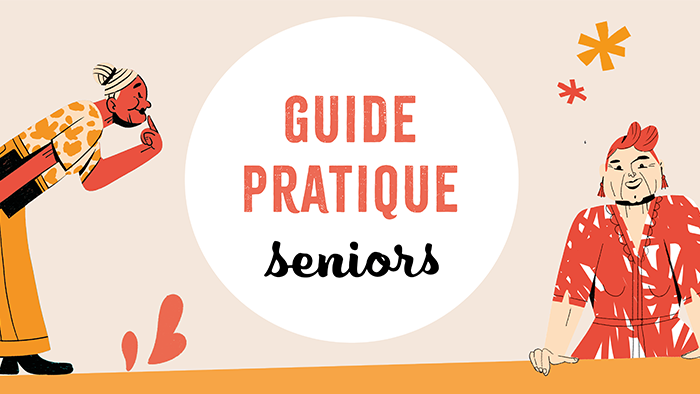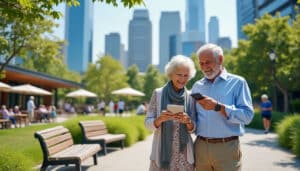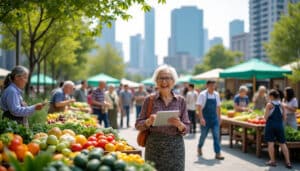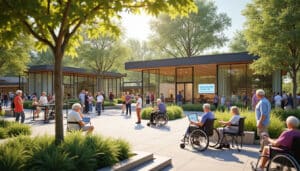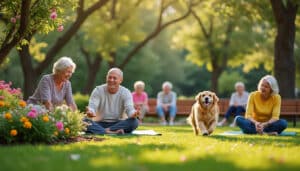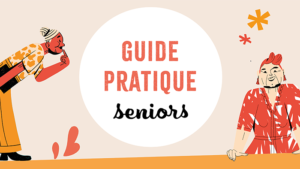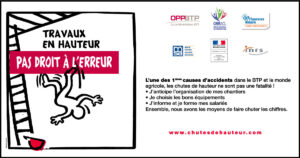|
IN BRIEF
|
The safety of older people is a major concern, and it is essential to put in place concrete actions to reduce risks in their daily lives. This practical guide aims to help seniors identify and prevent the dangers that surround them on a daily basis. By adopting simple strategies and reorganizing their environment, seniors can improve their quality of life while minimizing domestic accidents. Thanks to tailored advice, this guide will be a valuable ally in guaranteeing a longer life. serene And secure.
As older people age, they may face various domestic risks which could lead to accidents. It is essential to adopt preventive measures to minimize these dangers and guarantee a safer and more pleasant daily life. In this article, we offer you a practical guide bringing together tips and tricks to improve the safety of seniors in their daily environment.
Home Development
One of the key elements in avoiding domestic accidents is a adequate housing layout. This may include removing obstacles on the floor, such as slippery rugs or poorly positioned furniture. It is also wise to install grab bars in bathrooms and stairs to promote stability.
Next, good lighting is crucial. Make sure every room is well lit, especially stairs and walkways. Also consider using energy-efficient light bulbs, as they have a longer lifespan and are often safer.
Use of Technical Aids
The use oftechnical aids can greatly contribute to the safety of older people. Devices like canes, walkers or non-slip shoes provide additional support when moving. These aids can be essential for maintaining independence and reducing the risk of falls.
For more information on devices that promote the autonomy of seniors, you can consult this practical guide.
Fall Prevention
Falls are one of the major risks for older people. To prevent them, it is essential to remain vigilant and aware of potential dangers. Avoid wearing inappropriate shoes and be sure to keep your home tidy to prevent slips.
THE regular exercises Muscle strengthening and balance training, such as tai chi, can also significantly reduce the risk of falls. Find out about local activities that offer these types of classes.
Importance of Health
Taking care of your health is a fundamental element in preventing accidents. A balanced diet and adequate hydration are essential to maintaining good physical condition. A varied diet helps preserve the energy and strength needed to prevent falls.
To learn more about the importance of a healthy diet, check out this article on prevention of risks linked to aging.
By implementing these practical tips, you will help reduce risks in the daily lives of seniors. A secure environment, associated with healthy lifestyle habits, can promote autonomy and improve the quality of life of older people. Feel free to explore other resources, including the safety guide for seniors, in order to deepen your knowledge of the best practices to adopt.
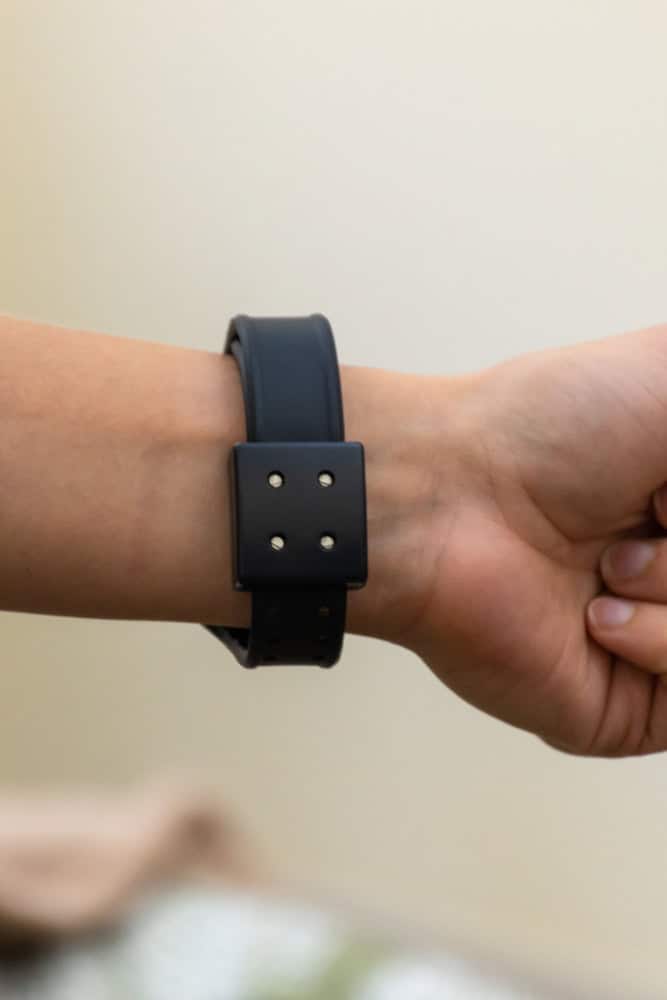
Essential Practical Guide to Reducing Risks in the Everyday Life of the Elderly
Ensuring the daily safety of older people is of paramount importance. This practical guide covers simple but effective recommendations to reduce the risk of domestic accidents. By focusing on home design, the use of technical aids and good awareness, it is possible to significantly improve the quality of life of seniors while preventing injuries.
Housing Development
The first step to ensuring home security is to arrange your home. This involves assessing different rooms in the house and identifying risk areas. For example, it is advisable to remove slippery carpets and clear paths to avoid falls.
It is also useful to install grab bars in bathrooms and near stairs to provide additional support. Additionally, ensuring there is sufficient lighting in all rooms, particularly hallways and stairways, can help prevent accidents.
The Importance of Technical Aid Equipment
The use of technical aid equipment is crucial to maintain a certain autonomy while reducing risks. This equipment includes walking sticks, of the walkers and wheelchairs, which can offer support while moving.
In addition, it is recommended to invest in devices such as alarm systems or fall detectors. These solutions make it possible to quickly report an emergency situation, providing peace of mind to both seniors and their loved ones.
Adopt Good Lifestyle Habits
Beyond material arrangements, it is essential to adopt good lifestyle habits. It starts with a balanced diet and good hydration, which are essential for maintaining energy and vitality. Good nutrition also helps prevent health problems that can lead to falls.
In addition, regular practice of appropriate exercises promotes muscular strength and balance. This can include activities such as walking, yoga or gentle gymnastics, which strengthen the body while being adapted to the abilities of older people.
Education and Risk Awareness
Danger awareness is a key element in preventing domestic accidents. It is important that seniors are aware of the daily risks that they may encounter. For example, they should be reminded of the importance of not rushing, taking their time when moving, and using appropriate shoes that provide good support.
In addition, family and friends of seniors play a crucial role in this education. They can encourage them to adopt safe behaviors and help them identify potential risks in their environment.
By putting these few recommendations into practice, the daily life of elderly people can be significantly improved and the risk of accidents reduced. A adapted layout, the use of technical aid equipment, good lifestyle habits and awareness of the dangers are all measures that everyone can adopt to guarantee a safer daily life. It is essential to act proactively to ensure the safety and well-being of seniors.
FAQ – Essential Practical Guide to Reducing Risks in the Everyday Life of Older People
What are the main causes of falls among older people? Falls can be caused by various factors such as obstacles in the home, poor lighting, vision or balance problems, and inappropriate use of medications.
How can I arrange my home to reduce risks? To arrange your home, it is advisable to remove slippery carpets, install grab bars in the bathroom, provide good lighting and keep the area clear.
What technical aids can help me on a daily basis? There are several technical aids such as walkers, canes, shower seats and patient lifts that can improve your independence and safety.
What role does diet play in preventing falls? A balanced diet and good hydration help maintain your muscle strength and balance, which helps reduce the risk of falls.
How can I raise awareness among those around me about the dangers of aging? Educating your family and friends about the risks involved and discussing possible accommodations in your home can promote better understanding and collaboration for your safety.
How often should I assess the risks in my home? It is advisable to reassess your home regularly, especially after a change in your health, mobility or living environment, to ensure it remains safe.

